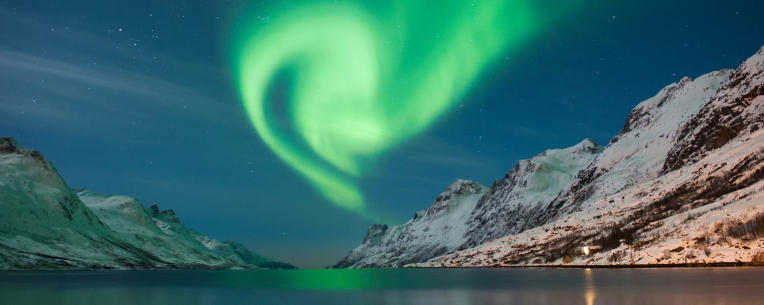The Role of Natural Resources in Norwegian Geography
Norway, known for its stunning landscapes and rich cultural heritage, is deeply intertwined with its natural resources. The country’s geography is not only characterized by its breathtaking fjords and mountains but also by the wealth of resources that play a crucial role in its economy and sustainability. Understanding this connection can provide valuable insights into how Norway has shaped its identity in the global landscape.
Fjords and Hydroelectric Power
One of the most significant natural features of Norway is its extensive network of fjords. These deep, glacially-carved inlets are not just scenic; they are pivotal for energy production. Norway is a leader in hydroelectric power generation, with approximately 95% of its electricity coming from hydro sources. This reliance on renewable energy not only reduces carbon emissions but also illustrates how Norway adeptly utilizes its geographical features for sustainable development. The fjords act as natural reservoirs, making the country a model for green energy initiatives worldwide.
Rich Mineral Deposits
Beneath Norway’s surface lies a treasure trove of mineral resources. The country is rich in ores such as iron, copper, and zinc, which have been essential for its industrial growth. Mining has historically played an important role in the Norwegian economy, providing jobs and stimulating local communities. Recent advancements in technology have made mineral extraction more efficient and environmentally friendly. Yet, as the demand for rare earth metals rises globally, Norway is also faced with the challenge of balancing resource extraction with environmental protections.
Marine Resources and Fisheries
Norway’s geographical location also grants it access to some of the richest fishing waters in the world. The North Atlantic and the Barents Sea are abundant in various fish species, including cod, herring, and mackerel. The fishing industry is not just a source of food; it significantly contributes to the national economy and supports thousands of jobs in coastal communities. Sustainable fishing practices have become a priority, ensuring that these natural resources can be enjoyed for generations to come. Norway’s commitment to sustainable seafood production serves as an example for other nations.
In conclusion, the interplay between Norway’s geography and its natural resources is essential for understanding the country’s economic and environmental landscape. From hydroelectric power harnessed through fjords to rich mineral deposits and thriving fisheries, Norway demonstrates how effectively utilizing natural resources can lead to sustainable growth. If you’re curious to discover more about this fascinating subject, consider exploring Norway’s energy policies or its innovative approaches to sustainable fishing.

